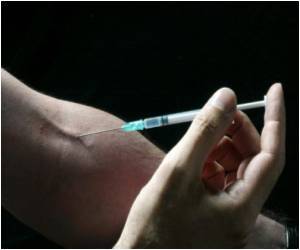
The scientists used natural porcupine quills and replica-molded synthetic polyurethane quills to understand the physical forces at play when the quills penetrate and are removed from a variety of tissues, including muscle and skin.
The North American porcupine has approximately 30,000 defensive quills on its back. The porcupine releases its quills upon contact with predators. Each quill contains a conical black tip studded with a layer of microscopic, backward-facing barbs and a cylindrical base with smooth, scale-like structures.
The researchers revealed that the quill's geometry enables it to penetrate tissue with ease, and once in the tissue it maintains high adhesion.
"The philosopher Aristotle who was clearly misinformed warned that porcupines could shoot their quills over great distances, which is completely untrue," said Karp.
"In fact there are many misconceptions about porcupines and their quills. We were most surprised to find that the barbs on quills serve a dual function. Namely, the barbs reduce the penetration force for easy insertion into tissue and maximize the holding force to make the quills incredibly difficult to remove," he stated.
Advertisement
The barbs can be thought of as similar to serrated blades that require less work to cut tissue by localizing forces at the tips of the teeth of the blade. Just as serrated blades provide cleaner cuts in tissue, the barbs appear to minimize the penetration force through reducing the deformation of the tissue.
Advertisement
The researchers compared the potential of this finding to other things in nature that have inspired bioengineered devices, such as the development of Velcro hook-and-loop fasteners and the development of tape-based adhesives inspired by geckos.
The researchers expect that this approach should have many implications across multiple disciplines including medicine.
According to the researchers, the next step will be to test the synthetic porcupine quill approach in a variety of medical applications.
The study will be published online in Proceedings of the National Academy of Sciences.
Source-ANI














